Do any DSLAM suppliers still support legacy analog and DS0/narrowband special services?
8/28/2018 10:27 AM
Meeting CAFII Speed Targets with xDSL Extension Solutions
7/19/2018 3:27 PM
Pre-terminated fiber cable - a great FTTH installation solution
11/1/2017 9:26 AM
When installing fiber at an MDU (multi-dwelling unit), technicians have a few choices for the type of cable they choose. The most important choice is whether to use field-terminated or pre-terminated cable. Both have their strengths and weaknesses, but we find pre-terminated cable is almost always the best choice. In this blog, we’ll discuss the pros and cons for pre-terminated versus field-terminated cable when it comes to cost, installation skills and excess materials.
Read MoreWhat's Inside an Optical Fiber Cable
11/7/2016 1:16 PM
 Fiber is often touted as being much faster than copper, but what exactly does that mean? The main difference between these two types of cable is that one conducts electricity and the other transmits light. The signal in a fiber optic cable travels at the speed light travels through glass, which is approximately two-thirds the speed of light.
Fiber is often touted as being much faster than copper, but what exactly does that mean? The main difference between these two types of cable is that one conducts electricity and the other transmits light. The signal in a fiber optic cable travels at the speed light travels through glass, which is approximately two-thirds the speed of light.
Choosing the Best Fiber Cable(s) for Fiber-to-the-CPE Installations
10/25/2016 3:56 PM
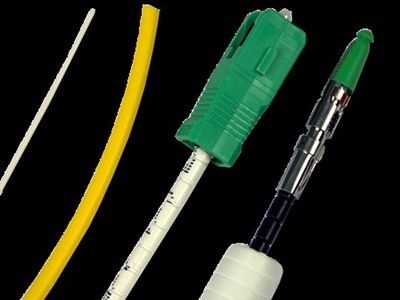 When it comes to choosing the amount and type of fiber to use in your system, protecting the fiber that carries telecommunications services is of primary importance. Between access fiber to the home (FTTH), and premise fiber to the CPE, there can be uncertainty about when to use which types of fiber cable.
When it comes to choosing the amount and type of fiber to use in your system, protecting the fiber that carries telecommunications services is of primary importance. Between access fiber to the home (FTTH), and premise fiber to the CPE, there can be uncertainty about when to use which types of fiber cable.
How Broadband Increases Property Values
9/28/2016 11:18 AM
 Anyone in the telco industry knows the value of a high-speed broadband connection, but that knowledge is going mainstream. According to a recent study, the North American home seeker not only understands the value of high-speed Internet, they are willing to pay for it. This represents a huge opportunity for network providers to work with building owners and operators to install high-speed Internet and market its availability to potential buyers and renters.
Anyone in the telco industry knows the value of a high-speed broadband connection, but that knowledge is going mainstream. According to a recent study, the North American home seeker not only understands the value of high-speed Internet, they are willing to pay for it. This represents a huge opportunity for network providers to work with building owners and operators to install high-speed Internet and market its availability to potential buyers and renters.
Why GPON needs to change - introducing NGPON2
9/12/2016 3:51 PM
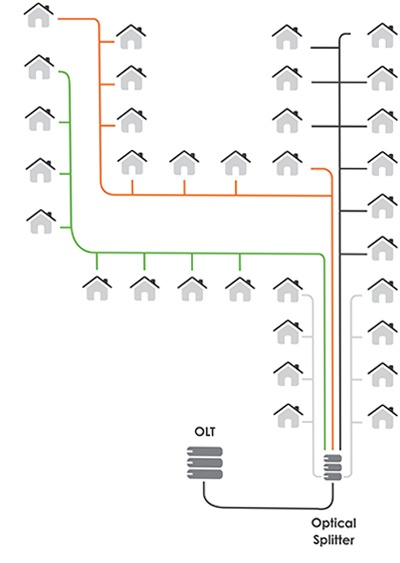
When deciding the best fiber architecture for their network, planners have to make the choice between point to point (P2P) or a passive optical network (PON). Both have strengths and weaknesses.
The majority of network operators have invested in GPON and GEPON architectures.
However, since they’ve been installed, predicted bandwidth needs have increased dramatically, meaning that they now need to change.
Consequently, much work has been done in creating a successor to GPON and GEPON, ensuring that PON architectures are able to underpin future, higher capacity networks.
After a false start along the way, the new NGPON2 standard, created by the FSAN group, looks set to achieve this.
Read MoreBest Practice for Installing Fiber Through Micro Trenching
8/23/2016 12:09 PM
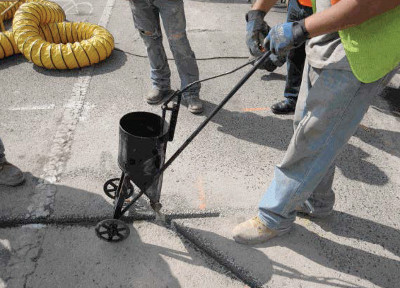 When deploying a fiber network, traditional trenching methods can be expensive and time-consuming - and cause extensive disruption to the local area. In a city, for example, streets have to be closed while they are dug up - annoying residents, drivers and local authorities. Costs for labour, permits and restoration fees are high, adding to budgets and even making some projects uneconomic.
When deploying a fiber network, traditional trenching methods can be expensive and time-consuming - and cause extensive disruption to the local area. In a city, for example, streets have to be closed while they are dug up - annoying residents, drivers and local authorities. Costs for labour, permits and restoration fees are high, adding to budgets and even making some projects uneconomic.
Fiber Connectors - What's the Difference?
8/2/2016 4:29 PM
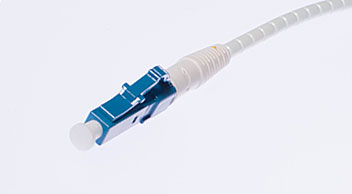 Given the variety of splice options available to fiber network planners today identifying the best connector for FTTH can be overwhelming. Consequently often not much thought is given to connector selection with choice driven by cost, availability or what’s been used before. However each connector has its own unique design and therefore, pros and cons. Over time or depending on project size this can have a dramatic impact on deployment speeds and costs.
Given the variety of splice options available to fiber network planners today identifying the best connector for FTTH can be overwhelming. Consequently often not much thought is given to connector selection with choice driven by cost, availability or what’s been used before. However each connector has its own unique design and therefore, pros and cons. Over time or depending on project size this can have a dramatic impact on deployment speeds and costs.
An Installer's Guide to Outside Plant Enclosures
7/27/2016 1:45 PM
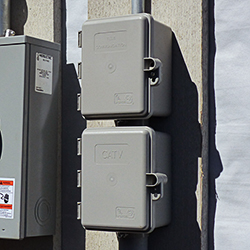 Reports on the continued growth of broadband across North America are daily. According to Pyramid Research, the telecommunication market in Canada generated US$42.4bn in revenue in 2015, and will continue to grow through 2020. Industry operators will focus on “increasing broadband penetration and leveraging high speed broadband networks to offer value added services.”
Reports on the continued growth of broadband across North America are daily. According to Pyramid Research, the telecommunication market in Canada generated US$42.4bn in revenue in 2015, and will continue to grow through 2020. Industry operators will focus on “increasing broadband penetration and leveraging high speed broadband networks to offer value added services.”

